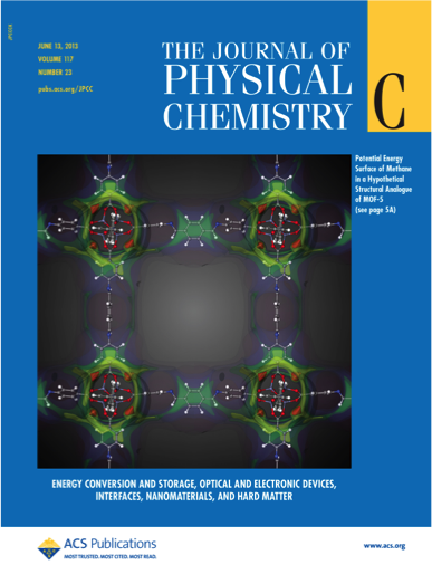
M11plus: A Range-Separated Hybrid Meta Functional with Both Local and Rung-3.5 Correlation Terms and High Across-the-Board Accuracy for Chemical Applications
P. Verma, B. G. Janesko, Y. Wang, X. He, G. Scalmani, M. J. Frisch, and D. G. Truhlar
J. Chem. Theory Comput. 15, 4804-4815 (2019)
The way to improve Kohn–Sham density functional theory is to improve the exchange–correlation functionals, and functionals have been successively improved by adding new ingredients, especially local spin density gradients, nonlocal Hartree–Fock exchange, and local meta terms based on kinetic energy density. Here, we present a new kind of functional obtained by adding rung-3.5 terms to a functional including local gradients, local meta terms, and range-separated Hartree–Fock exchange. A rung-3.5 term has short-range nonlocality designed to account for nondynamic correlation; we add two kinds of rung-3.5 terms, one kind modeled on position-dependent Hartree–Fock exchange and another modeled on the spin density at a point interacting with the opposite-spin exchange hole at the same point. Optimization of the functional yields broad accuracy for both ground states and excited states with especially significant improvement for systems with strong correlation.














